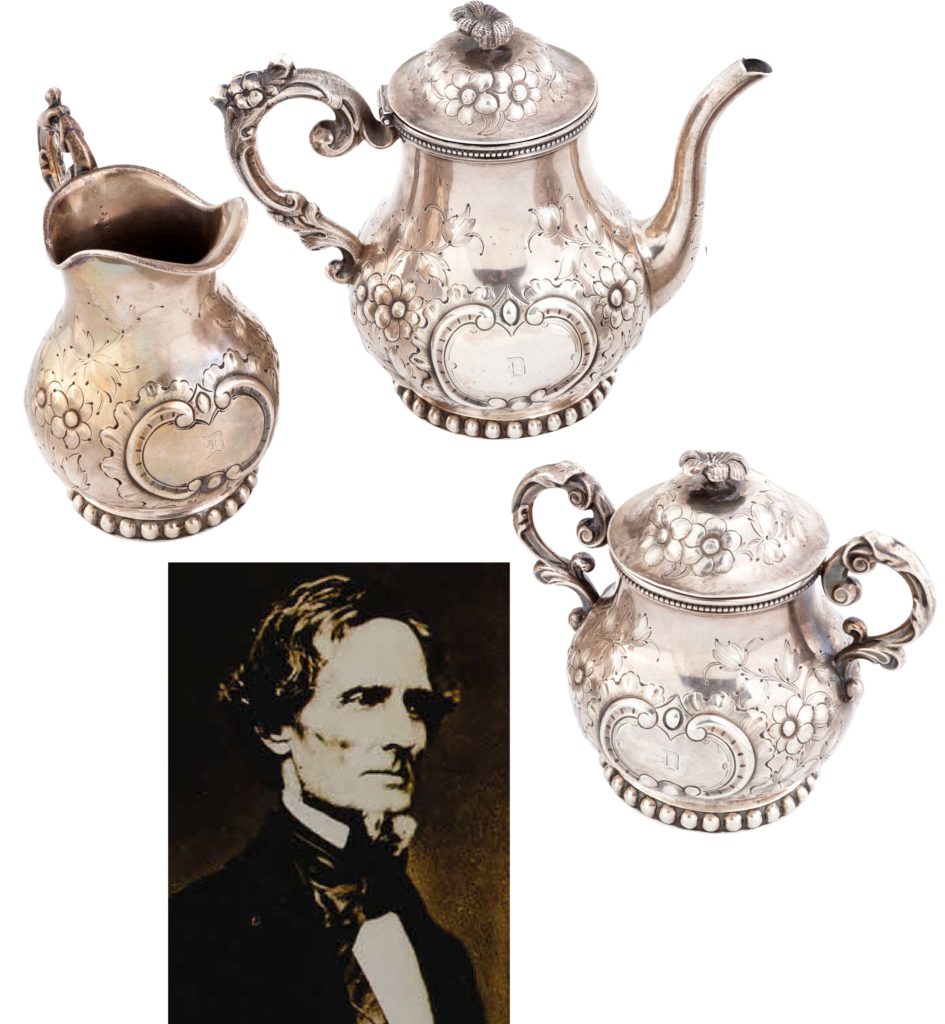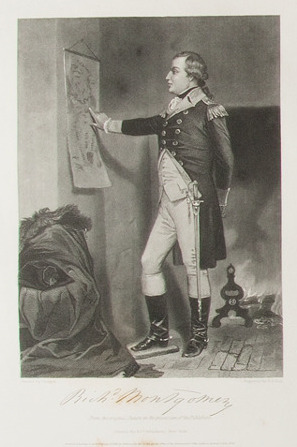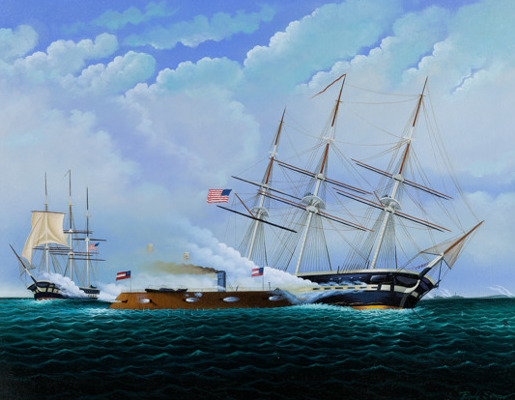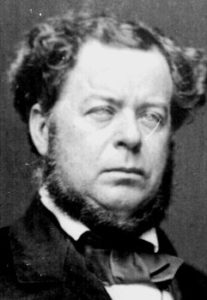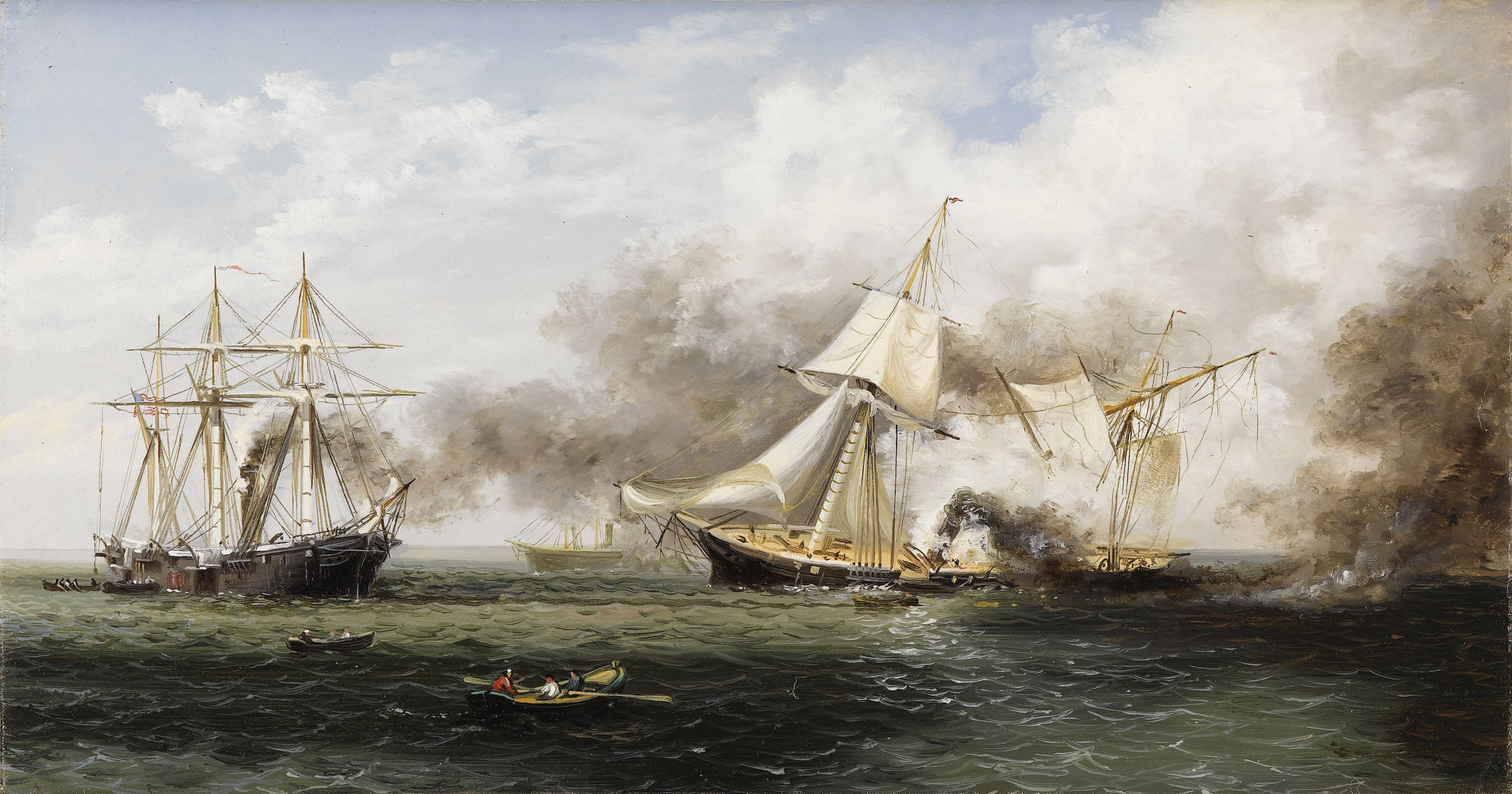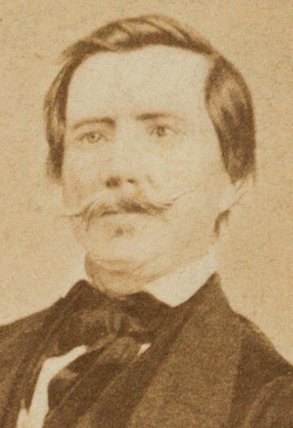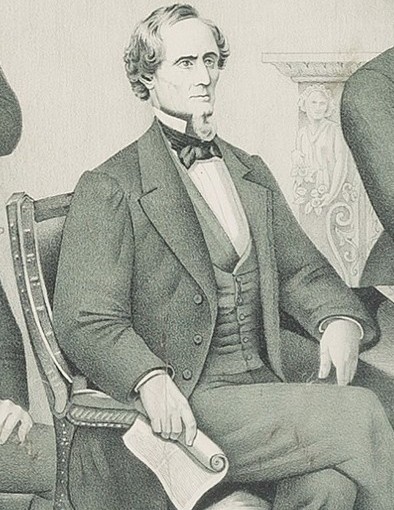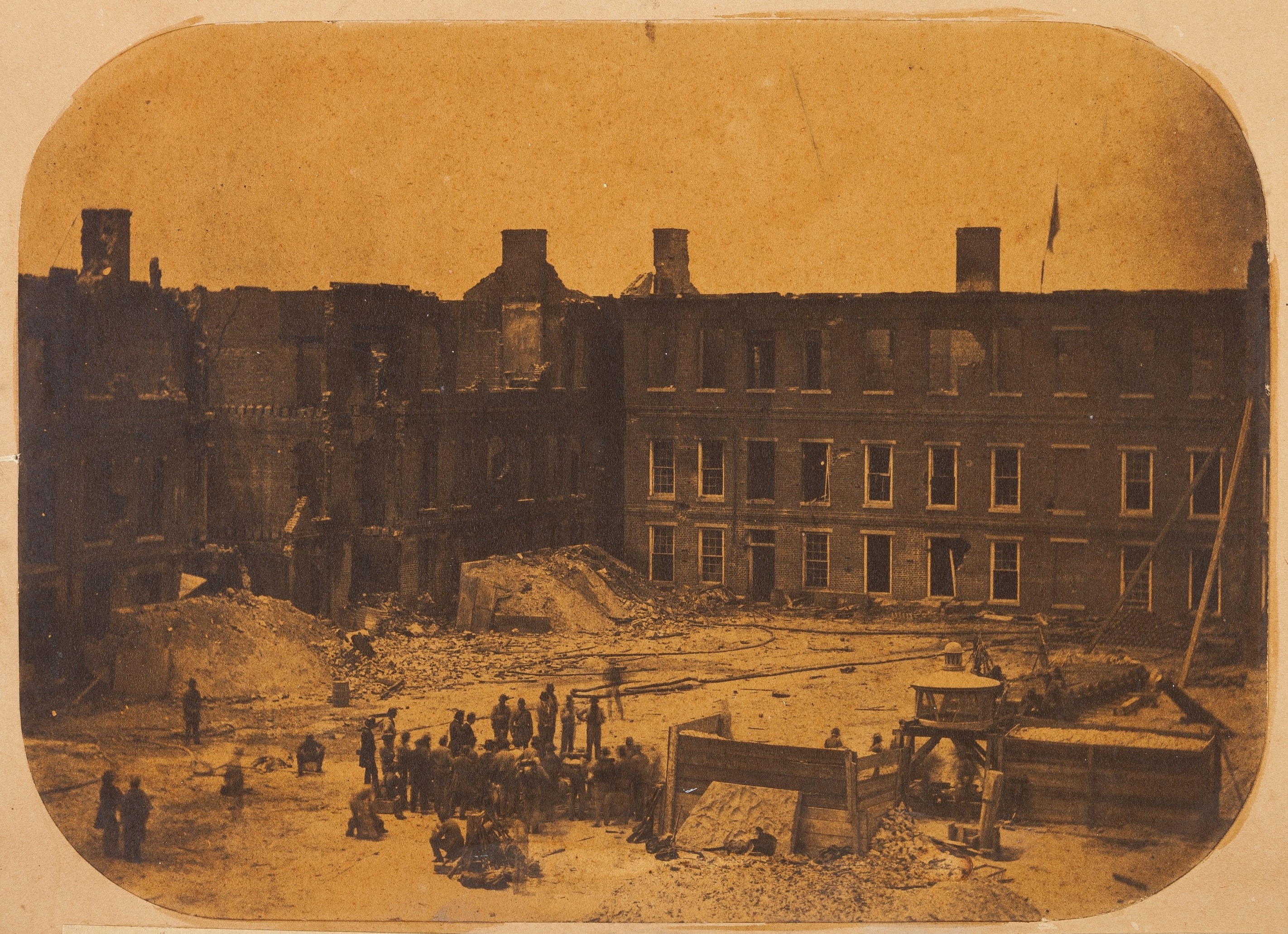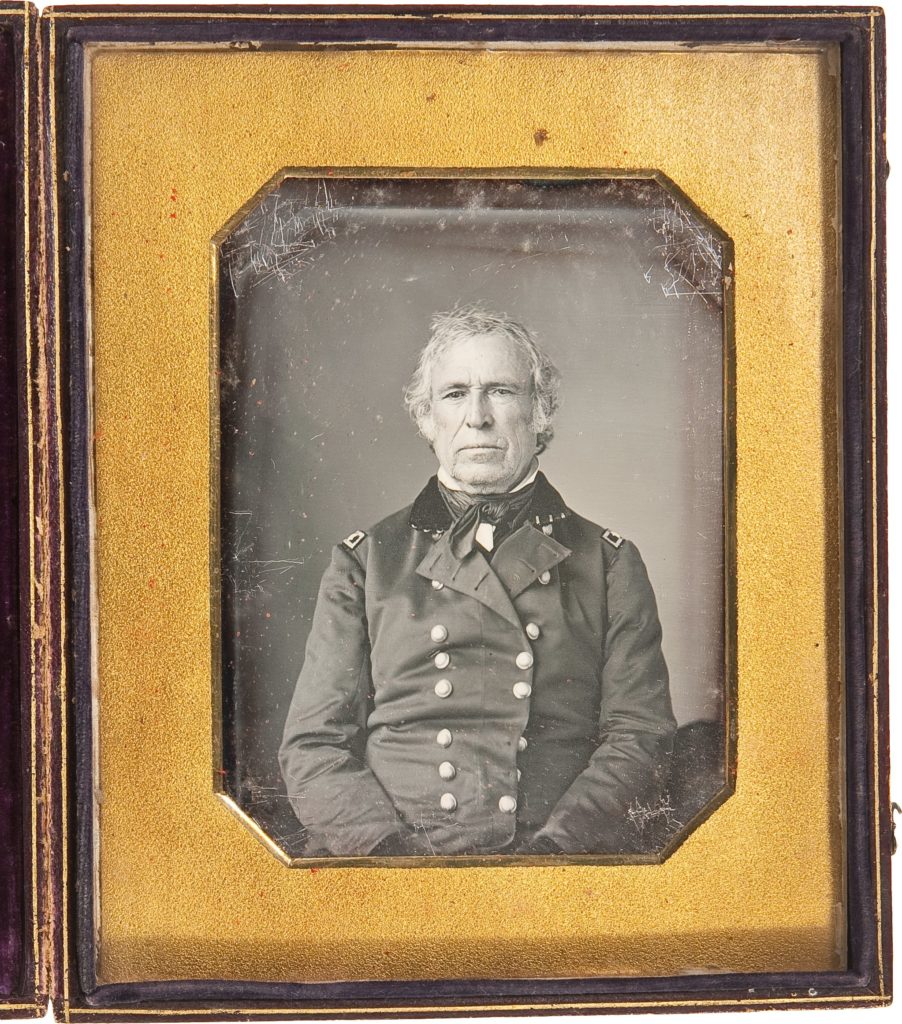
By Jim O’Neal
The Republic of Texas became an independent sovereign state on March 3, 1836. The United States recognized the legitimacy of the republic, but declined to annex the territory until Dec. 29, 1845, when it also became the 28th state. However, after the 1860 election of Republican Abraham Lincoln, the state of Texas, with a population that was about 30 percent Blacks (predominantly slaves), seceded from the Union. In 1861, Texas joined the Confederate States of America.
The well-known slogan “Six Flags over Texas” refers to the nations that governed Texas: Spain, France, Mexico, the Republic of Texas, the United States and the Southern Confederacy. Some historians claim that the last battle of the Civil War was fought in Texas at the Battle of Palmito Ranch on May 12-13, 1865. This may be technically correct, but it was after General Robert E. Lee surrendered to General Ulysses S. Grant at Appomattox (April 9) and President Jefferson Finis Davis dissolved the Confederacy (May 9). They also point out that the battle was a Confederate victory, which seems irrelevant.
Today, Texas is the second-largest state by area (Alaska is No. 1) and second largest in population (No. 1 is California).
The annexation of Texas occurred during the time the United States was rapidly expanding into the geographic area that would become the “Lower 48,” but deeply divided over the slavery issue that would plague national politics. The two-party system was still in an embryonic stage and hybrid political affiliations would result in unusual national elections.
A prime example is Martin Van Buren, vice president for Andrew Jackson from 1833-37 and the eighth man to serve in that position. In the election of 1836, he became the eighth president of the United States and the first to have been born (1782) after the American Revolution.
The election of 1836 was unusual since the recently formed Whig party was still sufficiently disorganized to the point they couldn’t agree on a single candidate to oppose Van Buren. In a highly questionable gamble, they decided to run four strong regional candidates with the hope they could deny Van Buren the opportunity to win a majority of the electoral votes and force the election into the House of Representatives. Despite having to run against four strong regional candidates, Van Buren won a majority of the electoral votes after winning a majority of the popular votes in both the North and South.
However, in a twist of fate, Van Buren’s vice president running mate, Richard M. Johnson, fell one electoral vote short when 23 Unfaithful Electors from Virginia refused to vote for Johnson due to their objections over his biracial marriage. So, for the first and only time (up till now), the United States Senate was required to hold a special election for the vice president. Johnson finally prevailed and served his four years as vice president for President Martin Van Buren. One could hope that this was an unfortunate anomaly, but they would be wrong.
When the Democrats met in Baltimore four years later in 1840 for their nominating convention, the incumbent president, Martin Van Buren, was renominated as expected. But VP Johnson ran into another political issue: the Democratic Party now considered him to be dead weight that would drag down the entire ticket. Even ex-President Andrew Jackson agreed and suggested they drop Johnson and replace him with a younger man … James K. Polk – the Speaker of the House. After the normal wrangling, they were still unable to agree and Martin Van Buren ran without a vice president!
This is only one of two elections (until 2020) where a major party did not have a vice presidential candidate on Election Day. The other was in 1912, when Vice President James S. Sherman (Republican) died six days before the election. You will not be surprised to learn that Martin Van Buren did not win the election and was replaced by William Henry Harrison as president and John Tyler, a Senator from Virginia, as vice president. Tyler took his oath of office on March 4, 1841. However, 30 days later, he was president of the United States when Harrison became the first president to die in office. Tyler was only 51 years old and the youngest president till that time.
Now skip forward 20 years to see how this sage evolved:
“At 4:30 a.m. April 12, 1861, a 10-inch mortar from Fort Johnson, on James Island, South Carolina, fired the first shot of the Civil War. Upon that signal, Confederate batteries from Sullivan’s Island, across Charleston Harbor, joined in. These were soon followed by a battery located at Cummings Point, which dominated Fort Sumpter from a distance of only a mile. The Civil War had begun.”
Epilogue: The hot heads in South Carolina were delirious with joy! They would chase these Yankees back North and whup their behinds in the process. President Jefferson Davis called up 100,000 troops to end this quickly. The old veterans yawned and predicted these cotton states would not last 30 days. Bull Run would demonstrate just how powerful the North was as they crushed these Southern rebels.
Welcome to your new job and shiny new home, Mr. Lincoln.
 Intelligent Collector blogger JIM O’NEAL is an avid collector and history buff. He is president and CEO of Frito-Lay International [retired] and earlier served as chair and CEO of PepsiCo Restaurants International [KFC Pizza Hut and Taco Bell].
Intelligent Collector blogger JIM O’NEAL is an avid collector and history buff. He is president and CEO of Frito-Lay International [retired] and earlier served as chair and CEO of PepsiCo Restaurants International [KFC Pizza Hut and Taco Bell].



